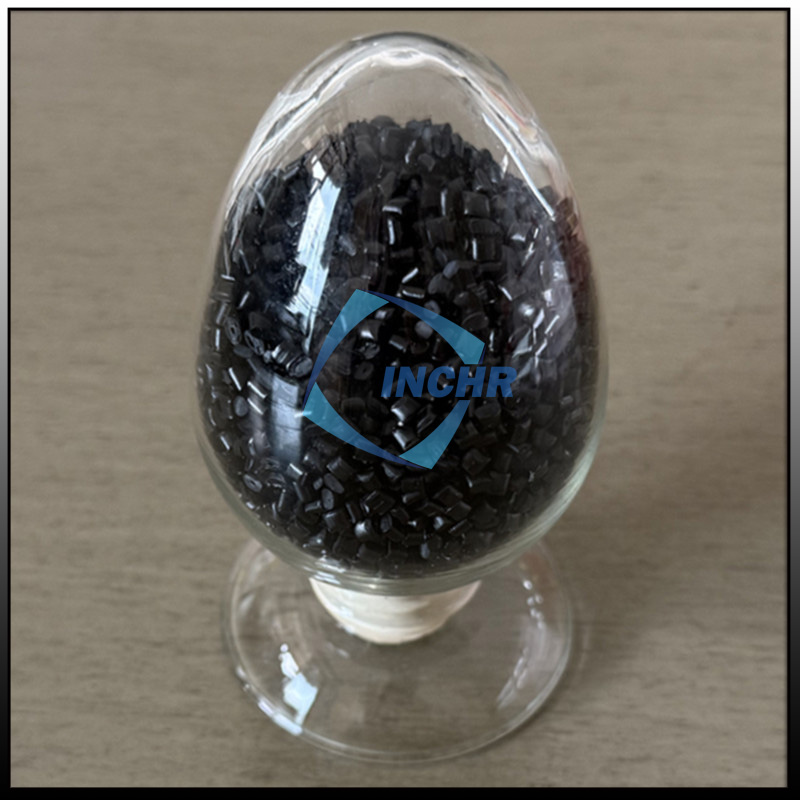Introduction
In a world racing toward smarter, lighter, and greener technologies, carbon fiber reinforced nylon (CFRN) stands as a pillar of modern engineering. This composite material, blending nylon’s adaptability with carbon fiber’s robustness, is reshaping industries from electric vehicles to medical devices. But beyond its mechanical prowess, CFRN is emerging as a critical player in sustainability—a dual role that makes it indispensable for future innovations. This article explores why CFRN is not just a material choice but a strategic imperative.

What Sets Carbon Fiber Reinforced Nylon Apart?
CFRN combines polyamide (nylon) with carbon fibers (10-40% by weight), creating a material that outperforms metals and conventional plastics in key areas:
Unrivaled Strength-to-Weight Ratio: 50% lighter than aluminum yet stronger than steel in tension.
Thermal Resilience: Withstands temperatures up to 200°C (392°F), ideal for high-heat applications.
Chemical and UV Resistance: Endures harsh industrial environments and outdoor exposure.
Design Versatility: Compatible with injection molding, 3D printing, and compression molding for complex geometries.
These properties make CFRN a go-to material for engineers prioritizing performance without compromising sustainability.
Industries Revolutionized by Carbon Fiber Reinforced Nylon
1. Electric Vehicles: Lightweighting for Efficiency
The EV revolution hinges on reducing weight to extend battery range. CFRN enables:
Battery Enclosures: Cutting weight by 30% compared to steel, improving energy efficiency.
Structural Reinforcements: Crash-resistant components that meet safety standards.
Thermal Management: Heat-resistant housings for sensors and connectors.
Real-World Impact: Lucid Motors integrates CFRN in its Air sedan’s chassis, achieving a 520-mile range—a benchmark in EV innovation.
2. Robotics: Precision Meets Durability
From factories to hospitals, CFRN empowers:
Collaborative Robots (Cobots): Lightweight shells reduce energy use and collision risks.
Industrial Arms: High-stiffness joints for precision welding and assembly.
Agricultural Drones: Weather-resistant frames for crop monitoring.
Case Study: Boston Dynamics’ Spot robot uses CFRN components to endure rough terrains while maintaining agility.
3. Aerospace: Reliability in Extreme Conditions
CFRN’s resistance to temperature swings and corrosion makes it vital for:
Satellite Components: Lightweight brackets that survive radiation and vacuum.
Aircraft Interiors: Fire-retardant seat frames compliant with aviation safety norms.
Drone Propellers: Durable blades for long-duration surveillance missions.
Innovation Spotlight: Airbus employs CFRN in A350 cabin panels, reducing weight by 25% and fuel consumption by 2%.
4. Medical Technology: Enhancing Human Potential
CFRN’s biocompatibility drives breakthroughs in:
Prosthetics: Lightweight limbs (e.g., Open Bionics’ Hero Arm) offering natural mobility.
Surgical Instruments: Sterilizable tools with ergonomic designs for minimally invasive surgery.
Exoskeletons: Supportive frames aiding rehabilitation or industrial labor.
Sustainability: Carbon Fiber Reinforced Nylon’s Green Evolution
Traditional composites often end up in landfills, but CFRN is paving a greener path:
Recyclable Thermoplastics: New grades like Arkema’s Rilsan® PA11 allow melting and reuse without quality loss.
Bio-Based Nylons: DSM’s EcoPaXX® uses 70% renewable resources, slashing carbon footprints.
Circular Supply Chains: Companies like Carbon Conversions recycle aerospace scrap into affordable fibers.
By 2025, 30% of CFRN in Europe will originate from recycled sources, aligning with the EU’s Circular Economy Action Plan.
Challenges and Cutting-Edge Solutions
Despite its potential, CFRN faces hurdles:
1. High Costs
Innovation: Hybrid composites (e.g., carbon + flax fibers) reduce costs by 20% while retaining 80% of performance.
Example: Ford uses hybrid CFRN in Focus RS air intakes, balancing cost and durability.
2. Manufacturing Complexity
Solution: AI-driven injection molding (e.g., Arburg’s Freeformer) ensures precise fiber alignment, minimizing defects.
3. Recycling Barriers
Breakthrough: ELG Carbon Fibre’s recovery process reclaims 95% of fibers from end-of-life parts for reuse.
Market Trends and Future Projections
The global CFRN market is projected to grow at 9.7% CAGR through 2030 (Market Research Future), fueled by:
Autonomous Vehicles: Lightweight sensors and frames for self-driving cars.
5G Infrastructure: Durable components for base stations and IoT devices.
Additive Manufacturing: 3D-printed CFRN parts enabling rapid prototyping for startups.
By 2030, CFRN is expected to dominate 40% of the high-performance plastics market, with Asia-Pacific leading production due to cost-efficient supply chains.
How to Integrate Carbon Fiber Reinforced Nylon into Your Workflow
Partner with Specialists: Collaborate with suppliers like BASF or Mitsubishi Chemical for tailored solutions.
Leverage Simulation Tools: Use ANSYS or SolidWorks to test material behavior under stress.
Adopt Circular Practices: Choose recyclable grades and engage in take-back programs.
Conclusion
Carbon fiber reinforced nylon is more than a material—it’s a transformative force. Its ability to merge lightweight design, unparalleled strength, and eco-friendly innovation positions it at the heart of industries shaping a sustainable future. For businesses aiming to lead, adopting CFRN isn’t just an option; it’s a necessity. As challenges evolve, so will CFRN, continuing to redefine the boundaries of engineering excellence.




